Explore Hoa Lo Prison: A Dark Chapter of Vietnam War
Hoa Lo Prison, known to many as the “Hanoi Hilton,” is one of Hanoi’s most significant historical landmarks. Hoa Lo has become a symbol of resistance, tenacity, and the unquenchable spirit of people who came through its gates. MOTOGO Tours is eager to share with you here a thorough summary of Hoa Lo Prison.
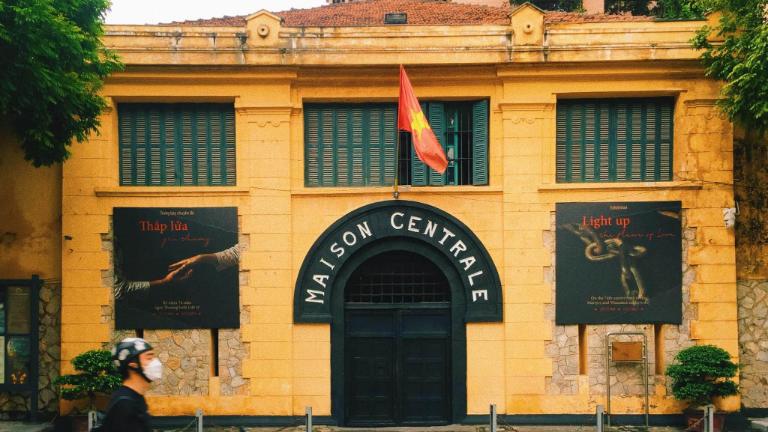
Historical Background of Hoa Lo Prison
The French colonial authority built Hoa Lo Prison in late 19th-century, more especially in 1896. Its primary intent was to accommodate political detainees from Vietnam, especially those who resisted French control. The prison’s central Hanoi position made it menacing, representing the terrible reality of colonial persecution.
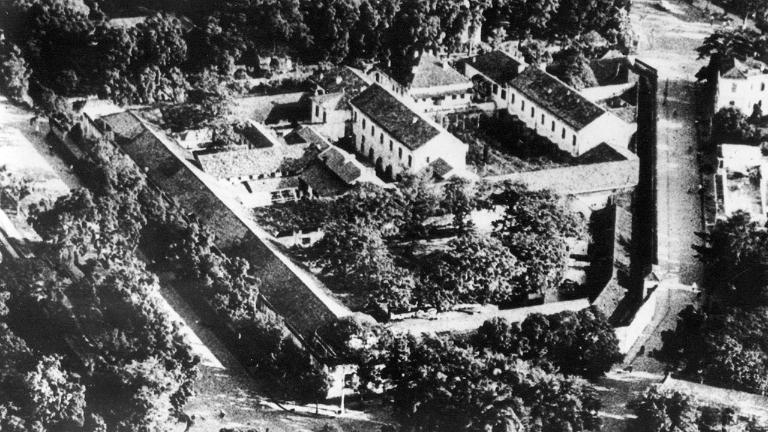
Hoa Lo gained notoriety in the French colonial times for its appalling treatment of detainees and conditions. Mostly it was used to hold political detainees, notably activists from the Vietnamese independence struggle. Hoa Lo was key in the French attempts to quell the mounting movement for freedom. Inmates suffered cruel treatment, torture, and execution in the packed jail cells.
Hoa Lo’s position changed as the Vietnamese independence movement emerged in the middle of the 20th century. With so many future Vietnamese leaders serving time behind its prisons, it became a focal point for revolutionary action. The jail stood for the fight for freedom and the costs paid by people opposing colonial control.
>>> Let’s see more: History of Hanoi: A Journey Through Vietnam’s Capital
Architectural Features of Hoa Lo Prison
Hoa Lo jail’s architectural style captures both its original colonial jail goal and the terrible treatment its prisoners endured. Designed to monitor, restrict, and stifle people who defied colonial control, this jail was Hoa Lo’s architecture is a sobering reminder of the terrible conditions suffered by its detainees and the repressive character of the colonial government.
Original Design and Layout
Built in 1896, Hoa Lo Prison’s main objective was to house Vietnamese political detainees actively opposing French colonial control. French colonial architecture, which gave security, monitoring, and inmate isolation first priority, greatly inspired the design of the prison.
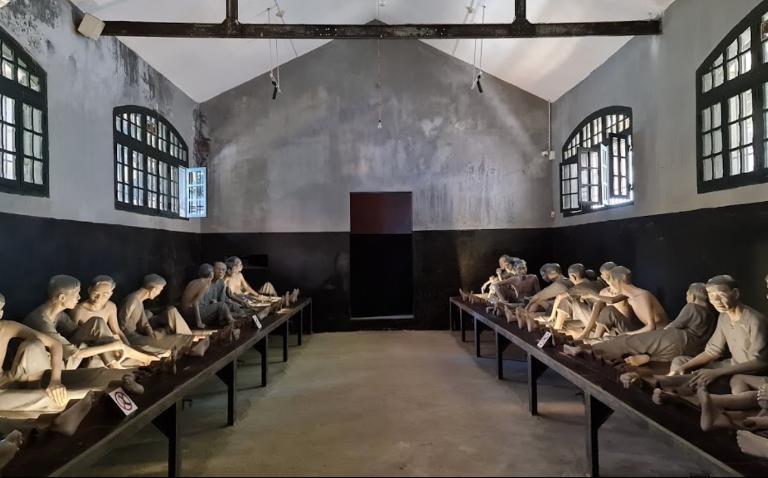
Thick, lofty stone walls almost impossible to break defined the prison’s construction. These walls were meant to keep the prison secluded from the outside world and stop any efforts at escape. The prison’s fortress-like look underlined its function as a tool of colonial repression.
The prison’s complicated architecture had many little passageways connecting several areas of the building. This architecture was meant to confuse inmates and make it challenging for them to negotiate or arrange for escape. The tightly secured hallways guaranteed close monitoring of every movement within the jail.
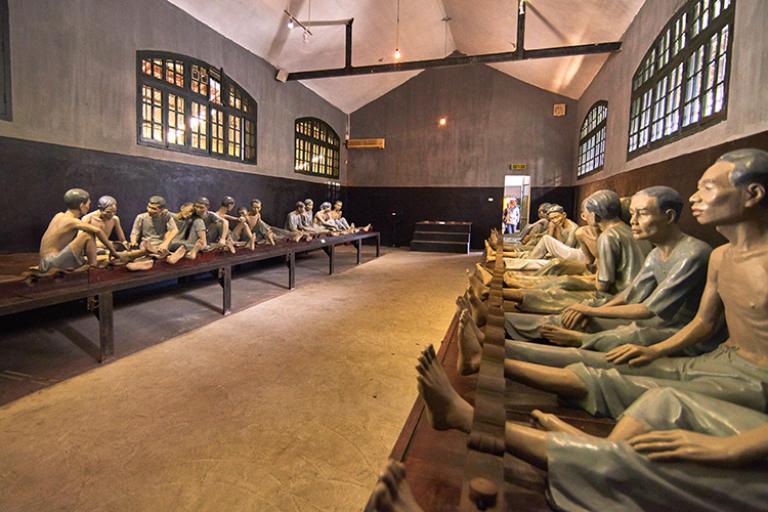
The degree of the convicts’ transgressions and their assessed danger level determined the divisions within the institution. Separate sections for women, common offenders, and political detainees existed. This segregation was intended to separate political activists from other prisoners so they couldn’t organize or influence one another.
>>> Let’s see more: Thang Long Imperial Citadel: Explore Vietnam’s Timeless Heritage
Important Sections: Cells, Courtyard, and Execution Area
Hoa Lo Prison’s inside was built to enhance the pain and control of its prisoners. Key elements of the jail each contributed to this oppressive structure. Often carrying much more detainees than they were intended for, Hoa Lo’s very tiny and claustrophobic cells were Every cell lacked bedding and had a simple concrete platform for sleeping. The packed conditions forced convicts to share these limited areas with others, therefore creating an uncomfortable and deprived environment.
Solitary confinement—where inmates were kept in total isolation for protracted periods—used some cells. These cells lacked windows and minimal ventilation, hence they were even smaller and darker than the average population cells. Prisoners in solitary confinement were often subjected to sensory deprivation and psychological torture.
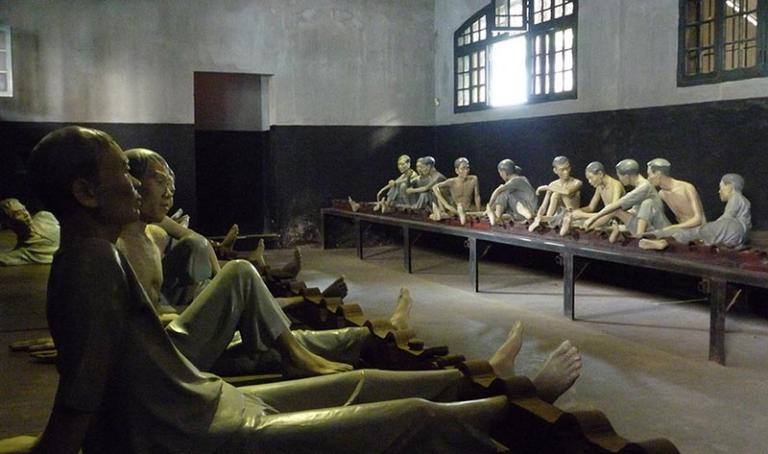
The sole outside space where inmates may spend a restricted daily period was the prison courtyard. Still, this area was tightly watched and under rigorous restrictions controlling prisoner behavior. Prisoners were also compelled to work in the courtyard, including crushing pebbles, a kind of control and punishment utilized.
Particularly the execution area, sometimes known as the “guillotine room,” was one of the most dreaded sections of Hoa Lo Prison where political inmates judged too dangerous or powerful were executed by the French colonial government. Ironically, the colonial government suppressed revolutionary activities in Vietnam with the guillotine, an emblem of the French Revolution. Although the execution room was kept apart from the rest of the prison, other prisoners would frequently be grimly reminded of the doom that might await them by the sounds of executions resonating through the walls.
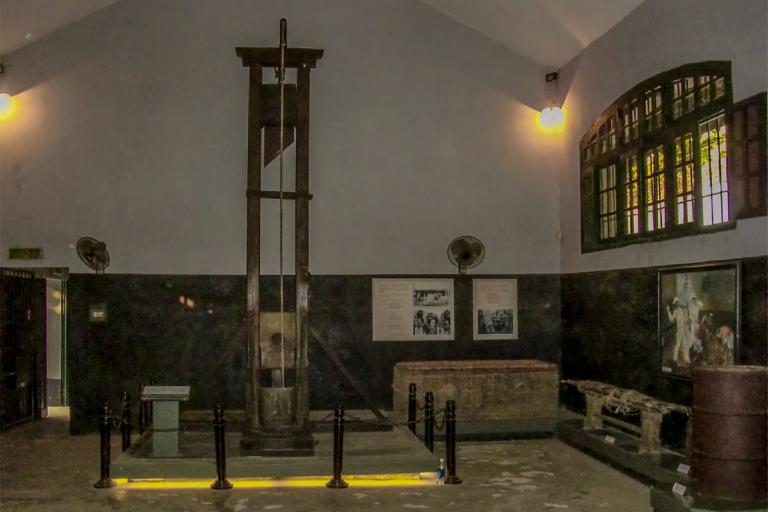
Evolution of the Structure Over Time
Hoa Lo Prison’s architecture changed to suit its growing number of inmates and changing function as it remained employed over the 20th century, especially during the Vietnam War. The jail grew multiple times in response to congestion and the necessity to house more inmates. New cells and more sections were built, however these developments had little effect on the living circumstances. Rather, as the number of detainees kept growing, they frequently resulted in even more crowded and cruel circumstances.
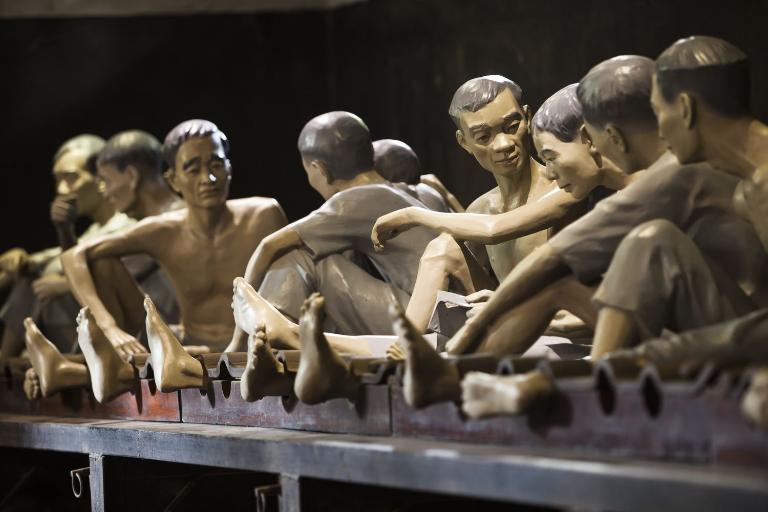
Some sections of the prison were modified to accommodate Hoa Lo’s detention of American prisoners of war during the Vietnam War. The American POWs dubbed the jail “Hanoi Hilton,” a satirical allusion to the sharp discrepancy between the prison’s deplorable circumstances and the Hilton chain’s luxury hotels. Notwithstanding the moniker, the changes did not help the detainees live better; rather, the jail remained a scene of extreme maltreatment and psychological warfare.
Some of Hoa Lo Prison was maintained and turned into a museum in the years after the Vietnam War. While some elements of the prison were left in their original, degrading state to exhibit the passage of time and the terrible conditions that had existed, others were rebuilt to match their historical look during this transition. Maintaining the site’s authenticity was the main emphasis of the preservation initiatives so that guests can tour the prison as it once was.
>>> You may also like: Co Loa Citadel in Hanoi: A Glimpse into Vietnam’s Ancient Past
Life Inside Hoa Lo Prison
Reflecting the prison’s function as an instrument of repression throughout both the French colonial era and the Vietnam War, life within Hoa Lo Prison was marked by rigorous schedules, cruel treatment, and terrible circumstances. Daily life was a struggle for survival for those imprisoned inside its gates; the accounts of the detainees provide a sobering view of the terrible reality of this well-known facility.
Daily Routines of Prisoners
Hoa Lo inmates had a strict daily schedule meant to drain them of their dignity and spirit. Usually beginning early, prisoners would be awakened before sunrise. Their small breakfast—often made of stale bread or thin porridge—was inadequate to suit their dietary demands. Prisoners were assigned demanding work after breakfast. Apart from being physically demanding, these chores helped to dehumanize the prisoners by lowering them to mere machines for manufacturing.
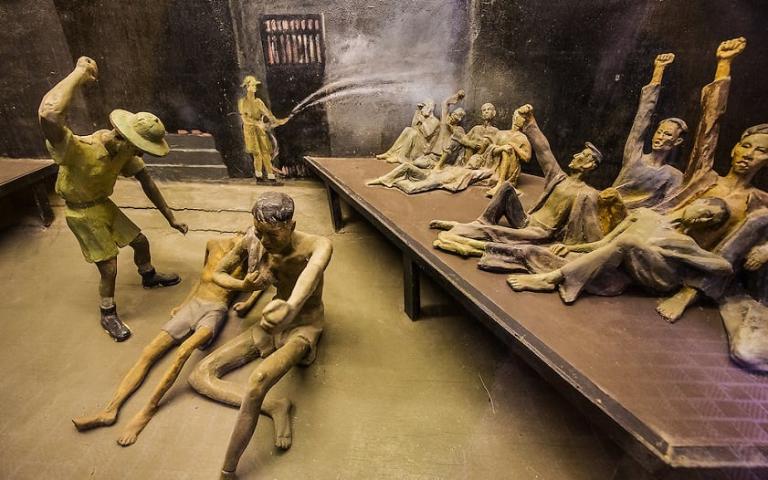
Physical exercise was restricted to short bursts in the courtyard under close guard supervision for prisoners. Though it was still a long way from freedom, this time outside was supposed to stop the prisoners from spiraling too rapidly. Following a day of work, prisoners received a second meal—typically as little as breakfast—then additional work or confinement in their cells. The evenings were spent alone; lights out early left captives in the dark, both practically and symbolically.
Conditions and Treatment of Inmates
Hoa Lo Prison’s conditions were famously terrible. One of the most urgent problems was overcrowding; cells meant to house few prisoners were routinely packed with many more. Personal privacy was nonexistent and prisoners had limited movement space. The absence of sufficient sanitary facilities aggravated the situation even more by spreading infections and rendering the surroundings even more intolerable.
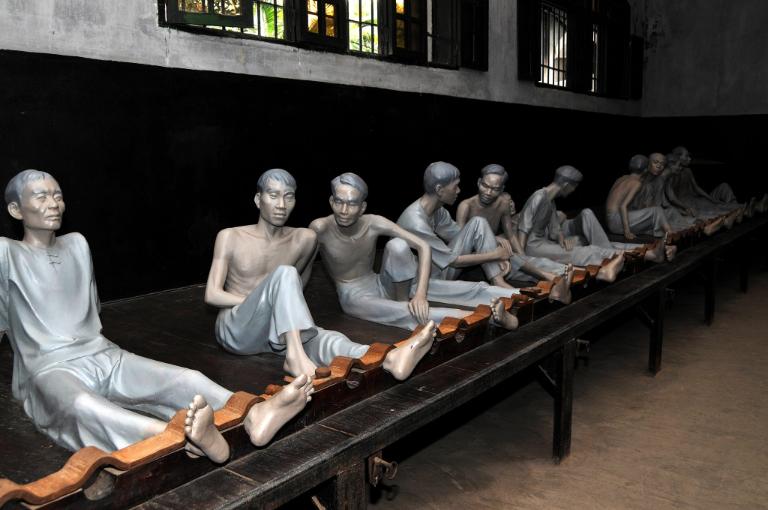
Minimal food supplies devoid of vital nutrients led to general hunger among the inmates. Furthermore lacking was the water supply; pure drinking water was scarce. Many times depending on contaminated sources, prisoners developed a variety of health issues. Medical treatment was practically nonexistent; sick or injured prisoners received either minimal or no treatment. Many of the sick were left to suffer in their cells; many of them passed away from their illnesses from improper treatment.
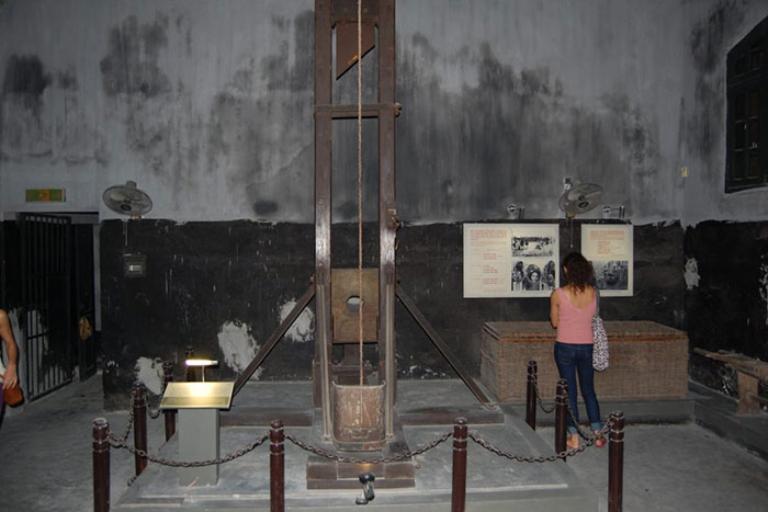
Prisoner treatment was likewise quite harsh. Particularly during the French colonial era when the prison was used to quell the nationalist movement, torture and physical violence were rampant. Prisoners suffered beatings, electric shocks, and waterboarding among other kinds of torture in horrific interrogations. The psychological suffering was just as severe; inmates placed in isolation for long stretches of time typically experienced mental decline.
Considered the “guillotine room,” the execution area served as a continual reminder of the fate those judged too dangerous or rebellious would meet. Executions were carried out in secret, and often the remains of the executed were disposed of without any thought for appropriate funeral customs. The prisoners’ constant anxiety and hopelessness were exacerbated by the always hanging danger of death.
Notable Prisoners and Their Experiences
Particularly during the Vietnam War and the French colonial era, Hoa Lo Prison hosted several well-known people. Among Vietnam’s most well-known revolutionaries and future leaders, these detainees would mold their viewpoints and resolve from their experiences at Hoa Lo.
Figures imprisoned at Hoa Lo during the French colonial era included leading nationalist Phan Boi Chau and Ho Chi Minh, who would subsequently become the founding father of modern Vietnam. Although their incarceration was marked by great suffering, it also deepened their dedication to the cause of Vietnamese freedom. The jail came to represent the costs paid by those opposing colonial control, and their tales of perseverance and resistance inspired next generations.

Known to American POWs as the “Hanoi Hilton,” Hoa Lo Prison hosted several captured U.S. servicemen during the Vietnam War, including the prominent U.S. Navy pilot John McCain, shot down over Hanoi and taken prisoner in 1967. The Vietnamese government stressed that, in spite of their difficult situation as POWs, these people were treated according to Geneva Conventions standards.
The POWs received food, housing, and medical treatment among other basics from the Vietnamese authorities. Many of the American detainees claimed over time that they were treated fairly while in custody. Memoirs and interviews allow these detainees to provide a complex picture of life at Hoa Lo Prison and emphasize the efforts taken on both sides to follow international standards of humane treatment during war.
The Prison’s Legacy and Preservation
Hoa Lo Prison is both a museum now and a reflection of Vietnam’s turbulent past. Many of the original cells, torture chambers, and buildings still standing in the jail help to preserve it as a historical landmark. Visitors can tour the jail, discover prisoner experiences, and better grasp the Vietnam War.
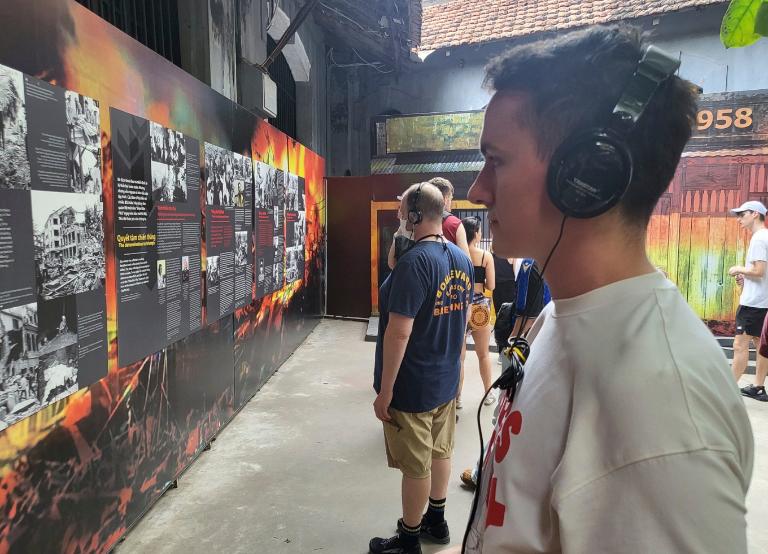
Hoa Lo Prison has to be preserved for a number of reasons. It acts as a memorial to the Vietnam War and French colonial period casualties. It reminds us also of the need of human rights and the perils of war. Understanding the past of Hoa Lo Prison helps us to grow from it and aim for a more tranquil future.
Practical Information for Visiting Hoa Lo Prison
A major historical landmark in Hanoi, Vietnam, Hoa Lo Prison—also known as the “Hanoi Hilton—is one of de.Here is some useful data to assist in your visit’s planning:
Location and Hours
- Address: 1 Hoa Lo Street, Tran Hung Dao, Hoan Kiem, Hanoi, Vietnam
- Opening Hours: Daily from 8:00 AM to 5:00 PM
Admission Fee
Usually ranging around 50,000 Vietnamese Dong (VND), the admittance price is roughly $2 USD.
Transportation
- Walking: Hoa Lo Prison is right in the middle of Hanoi; if you are staying in the Old Quarter, it is just walking distance away.
- Public Transportation: The prison is reachable via bus or taxi.
- Motorcycle: Hanoi travel is best explored on a motorcycle, hence hiring one will help you to quickly get Hoa Lo Prison.
What to Expect
- Museum and Exhibits: The jail has been turned into a museum displaying its past, inmates, and Vietnam War events.
- Guided Tours: Guided tours are offered in English and several languages. These visits offer insightful historical background. To enhance your experience, guided tours are available like Hanoi Motorbike Tours, providing a comprehensive overview of Hoa Lo prison’s history and significance.
- Sensitive Content: Prepare yourself for tough material on the history of the jail involving torture and incarceration.
Tips for Visitors
- Dress Modestly: Although there is no clear dress code, it is courteous to wear modestly—especially for visits to historical places.
- Respectful Behavior: Throughout your stay, especially when learning about the prison’s past and touring the exhibits, keep courteous demeanor.
- Photography: Photography is generally allowed, but there may be restrictions in certain areas. Check with the staff for specific guidelines.
- Apart from the Hoa Lo Prison, you should also visit other tourist sites as Hoan Kiem Lake, Ho Chi Minh Mausoleum, Hanoi Opera House, Dong Xuan Market,…
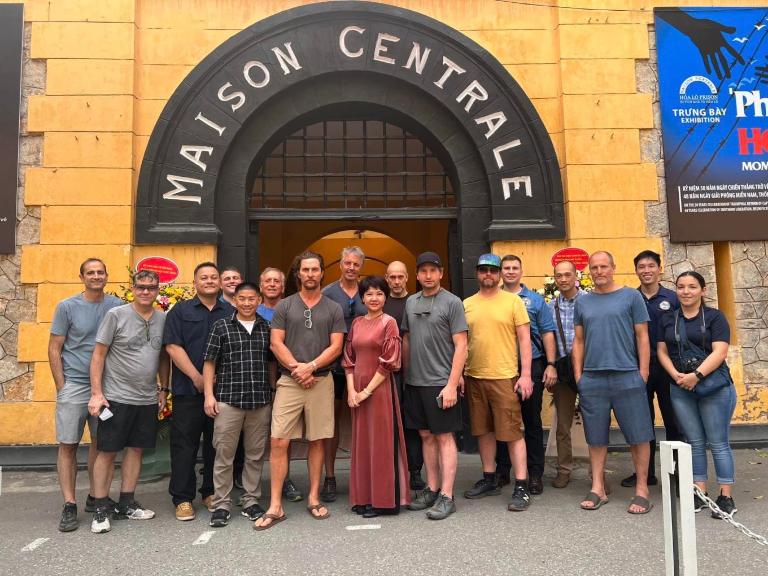
Hoa Lo Prison is a monument to Vietnam’s resiliency and will against hardship, not alone a historical relic. Hoa Lo has seen some of the most important events in the history of the nation from its beginnings as a French colonial prison to its involvement during the Vietnam War. Today, as a museum, it reminds us of the past and is evidence of the continuing spirit of people who battled for independence.
Visiting Hoa Lo Prison lets one feel personally the difficulties and hardships endured by people who were imprisoned there, therefore acting as a time capsule. It presents a sobering meditation on the expenses of war and the fortitude of the human spirit. Whether your interest in history is strong or casual, a visit to Hoa Lo Prison is absolutely necessary to grasp the convoluted and intriguing past of Vietnam.
Related Posts:





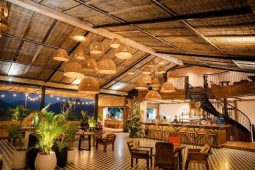





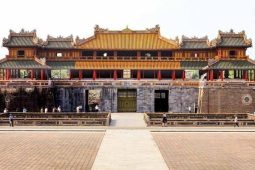


Be the first to comment!